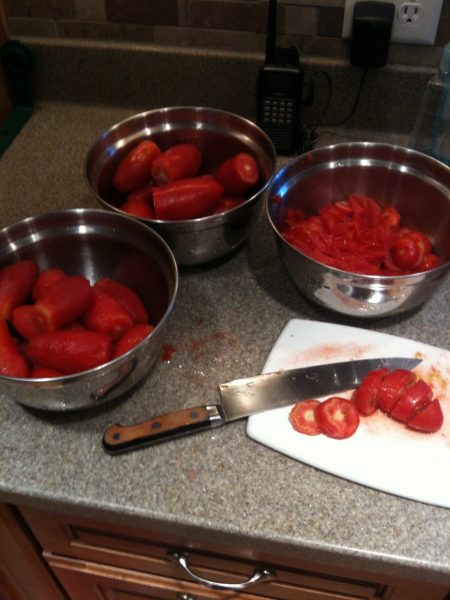 What’s the best cutting board to use for home canning? Does it matter what it’s made of? What’s the best way to maintain a wooden cutting board? All those questions will be answered here.
What’s the best cutting board to use for home canning? Does it matter what it’s made of? What’s the best way to maintain a wooden cutting board? All those questions will be answered here.
When it comes to cutting boards, it often comes down to personal preference or simply what’s available. There really is no “best” cutting board to use for home canning.
In my kitchen I have two cutting boards; one is made of plastic, the other bigger one is made of wood. I inherited the plastic one. I bought the wooden one. Pictures of both from my kitchen are posted here.
It does matter what the cutting board is made of. The materials effect the care, maintenance, and ultimately the food safety of the board used. In all cases, improper care and maintenance will introduce a potentially life-threatening and easily avoided safety hazard into your kitchen.
The cutting board I use day-to-day is plastic. You can see I was using the plastic one a few weeks ago when canning tomatoes. I used the wooden one this past weekend when canning peaches.
I like the plastic cutting board. It’s easy to work with. It’s low maintenance. Most importantly, because a plastic cutting board is non-porous, I feel most confident about it’s safety. After cleaning/rinsing off the obvious dirt, I give my plastic board a quick spray of Clorox Clean-up Spray with Bleach to disinfect the surface. After one final rinse the board is safe and ready for what’s next. Of course, if I want to skip all of that I simply put my plastic board into the dishwasher. You can’t do that with a wooden cutting board.
This isn’t to say you shouldn’t or can’t safely use a wooden cutting board. I use my wooden one for bigger projects like when I can peaches. The way I do them seems to require a lot more surface area so I like my bigger wooden board for that purpose.
Because a wooden cutting board is naturally porous, keeping it clean and well-maintained and clean takes on even greater importance. Here’s some tips —
- First, make sure you keep your wooden cutting board well-oiled with a quality mineral oil. Never use vegetable or olive oil to oil a wooden cutting board. Vegetable and olive oils will turn rancid and give a bad flavor to your foods.
- As with the plastic board,after cleaning/rinsing off the obvious dirt, I give my wooden board a spray of the Clorox spray I also use on my plastic board to disinfect the surface. Don’t forget the final rinse!
- Quick Tip for Oiling a Wooden Cutting Board: Oil your cutting board a week ahead of when you expect to be doing some serious canning. That will give the mineral oil plenty of time to soak into the wood making for a much more pleasant working surface when it’s go-time.
For more, the good people at Wikipedia did a great write-up on cutting boards that’s worth reading through. In addition, PBS’s America’s Test Kitchen has a nice video and write-up available in the free section of their site here.
Happy Canning!

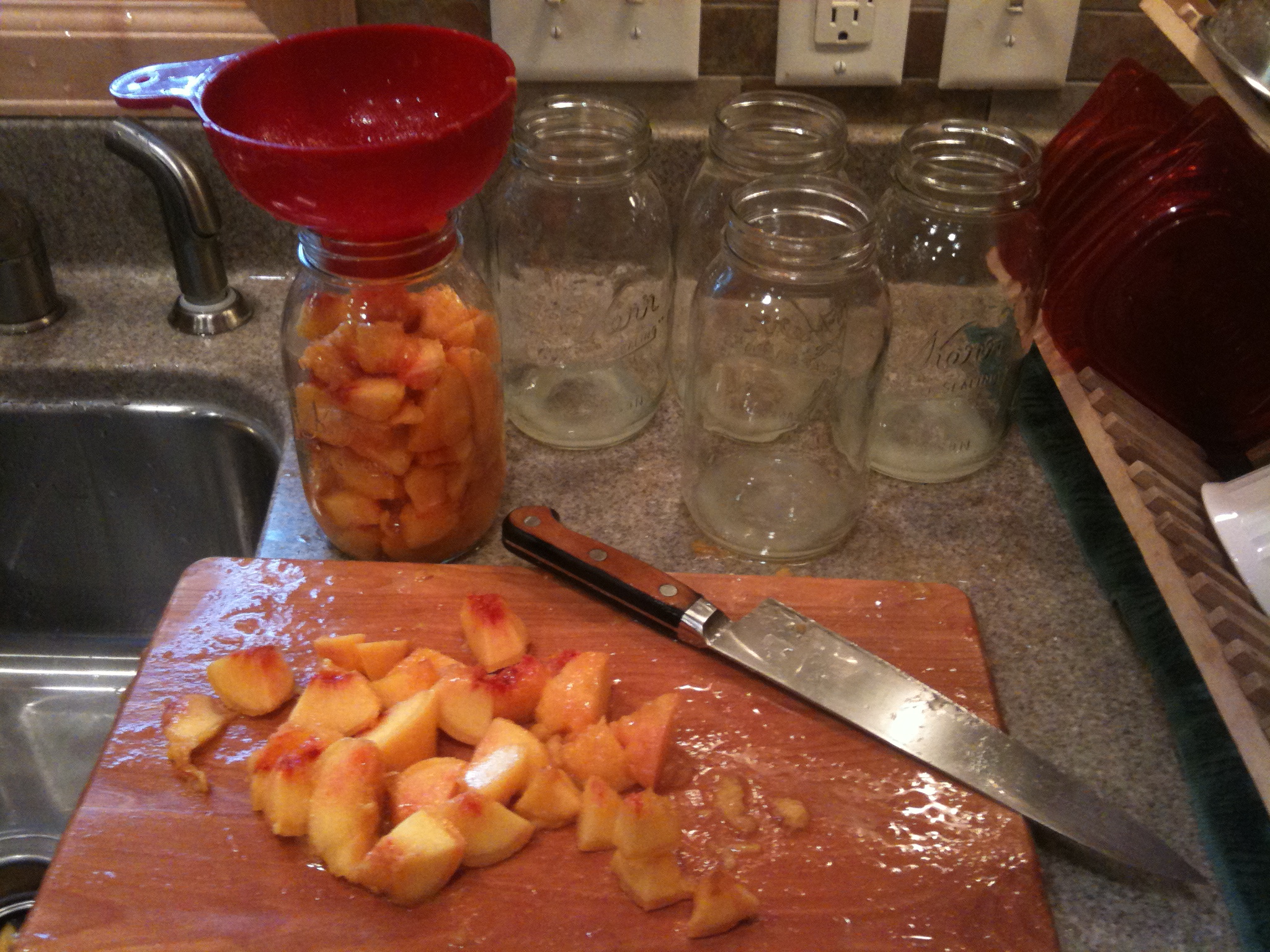

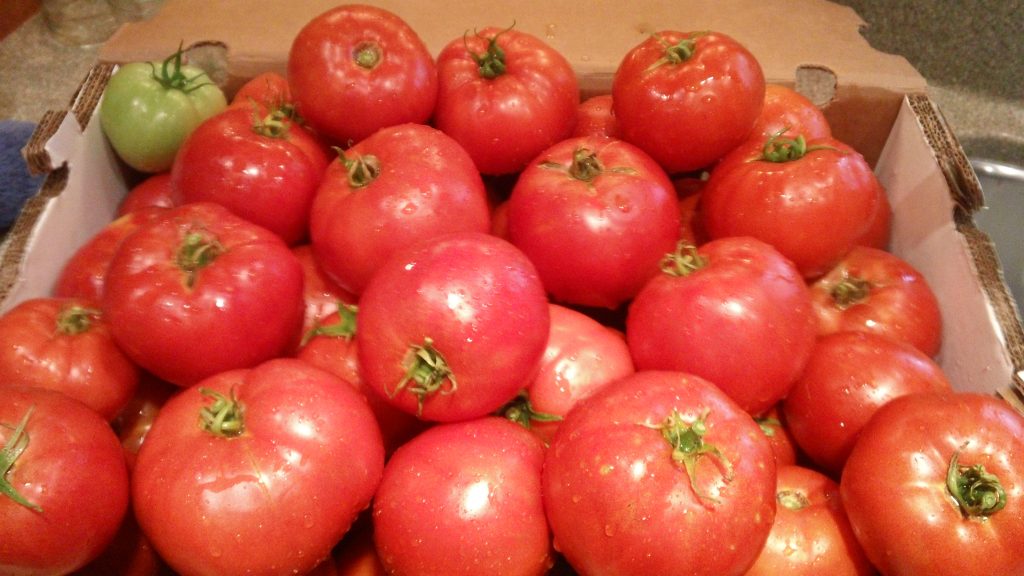
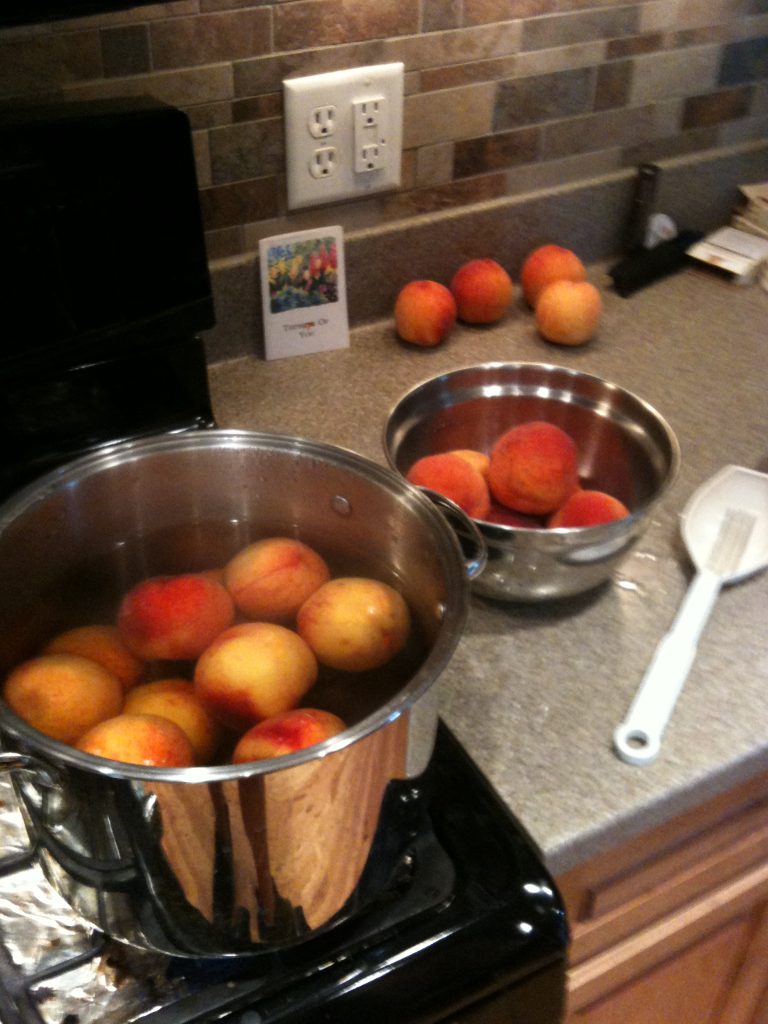
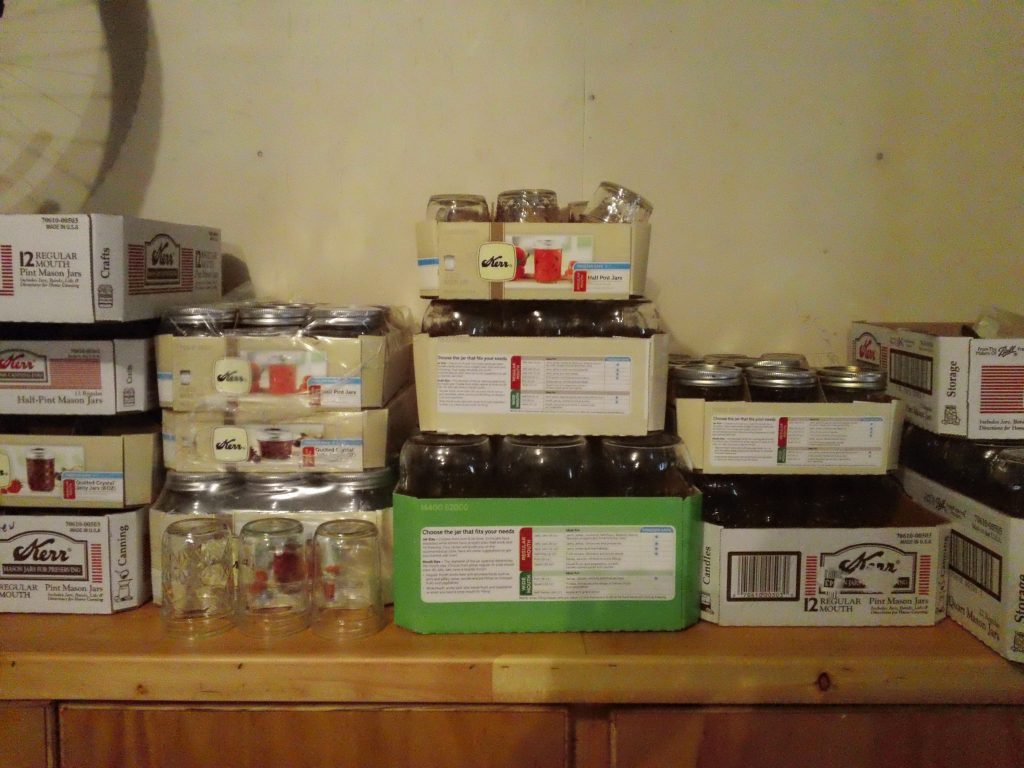
About The Author: John Gavin
More posts by John Gavin